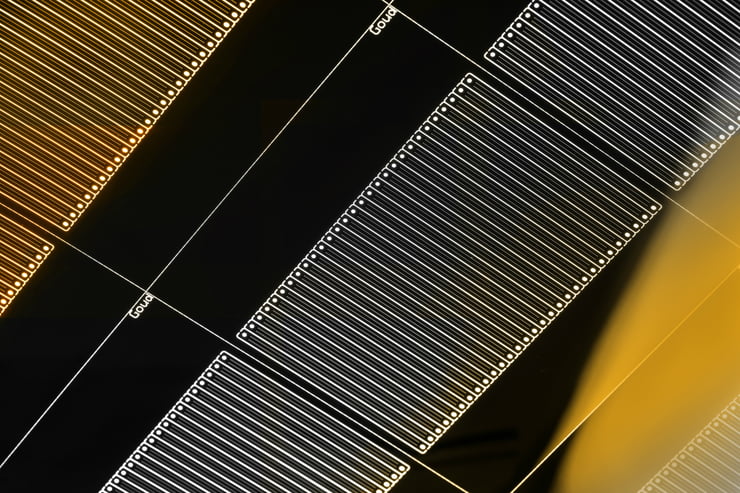How Inkjet Printing technology drives innovation in Printing industry (and more)
Apr 18, 2017 7:00:00 AM By Maarten NijlandFor companies in the printing industry, staying competitive has never been harder. Higher printing speed, finer image quality, better reliability, shorter development cycles, and cost reduction are the main challenges for businesses in the printing landscape. Furthermore, printing technology has advanced so much in the last couple of years that it’s hard to keep track of developments. In this blog, we discuss the evolution of an already proven technology — Inkjet Printing — and the possibilities it provides for you as an engineer.
What is Inkjet Printing? What are the benefits of Inkjet Printing?
Inkjet Printing is an extremely versatile non-contact technology that works by jetting tiny ink droplets to facilitate direct printing. Inkjet Printing is an existing technology that dates back to the 50s, but it is again making a huge impact today in various industries.
Besides printing graphics on all kinds of surfaces, industrial inkjet printers today can deposit a wide range of “ink” with ultra-precise accuracy to various substrates. Thanks to the non-contact technology and the fact that the “ink” can range from polymers and metal nanoparticles to living cells, the Inkjet Printing industry has seen a surge of new applications in electronics, photovoltaics, optics, and life science.
And since there are no more plates or printing blocks required, Inkjet Printing has the advantage of being a highly cost-efficient printing technique. Setup time is also short, compared to conventional printing systems.

Your company’s way to pioneer the printing industry
Opportunities of next-generation printing tech lie in miniaturization. To stay competitive and become a leader in the printing industry, you require the highest standard in print head quality, and micro-precision technologies to further drive the miniaturization of your key components. Electroforming, Chemical Etching, and Laser Cutting are industry-leading technologies to provide you just that.
If you would like an example of how of one the techniques — Electroforming — goes into practice for printing applications, then you can read this 5-step process to create the perfect customized inkjet nozzle plate.
Electroforming is also highly suitable for the creation of Inkjet Nozzle Guards, Lamination Plates, and Solar Cell Stencils. The additive manufacturing method provides you with unparalleled jetting performance, ultra-precise hole geometry, and a smooth, clean printing surface — free of burrs or blocked holes.
There are a lot of more advantages that come with the use of electroforming for printing applications. If you would like to learn more about the benefits of electroforming — and how it can drive continuous innovation for you as an engineer — we recommend that you read our electroforming whitepaper. You can pick up your free copy here!

